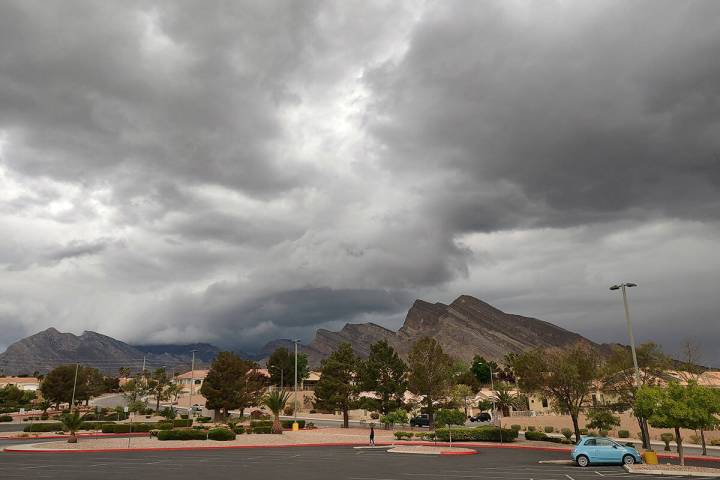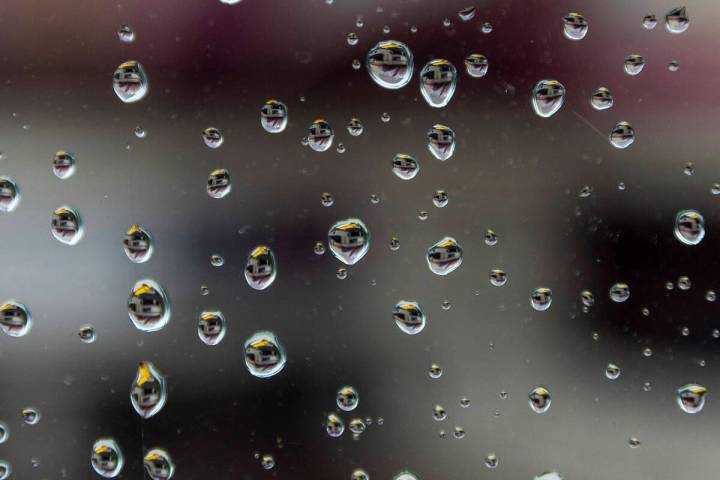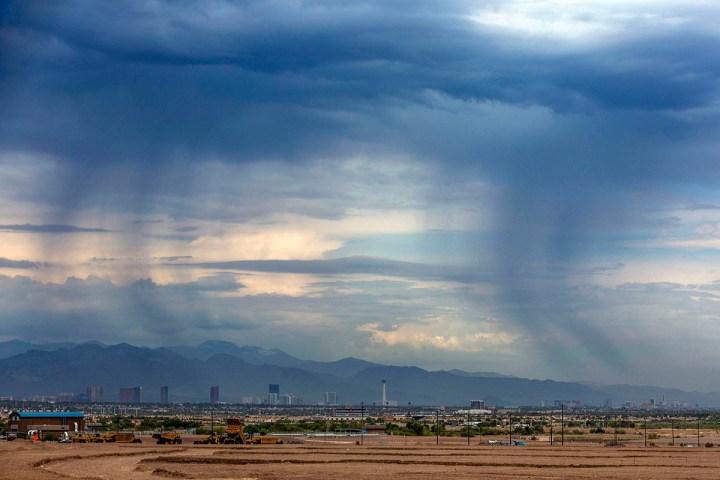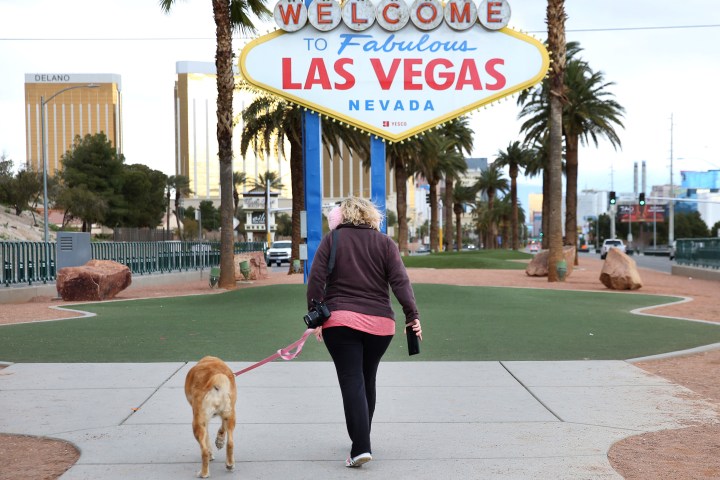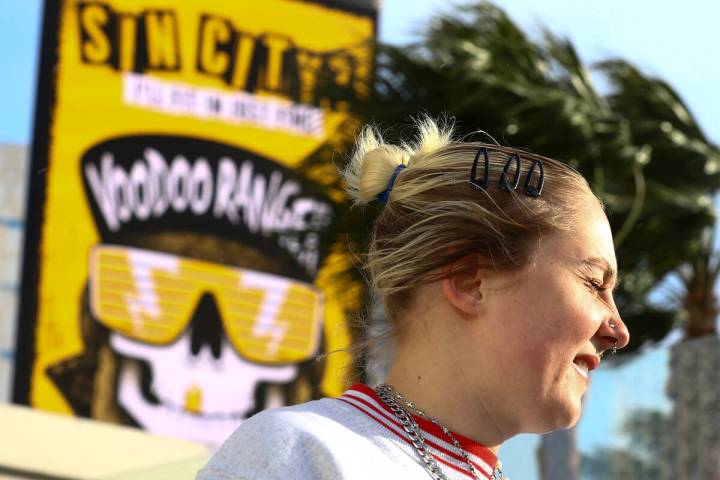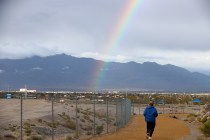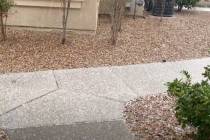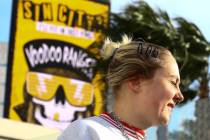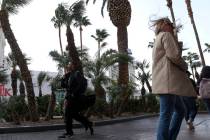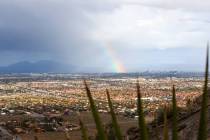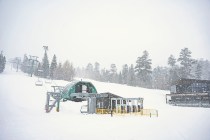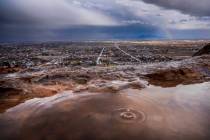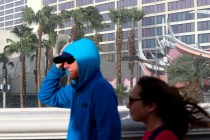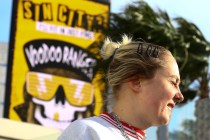As of 9 p.m., rain gauges showed from .04 of an inch to .16 of an inch on the west side and moving into the central valley. Thunder was reported in Summerlin and Centennial.
Las Vegas Weather
The Thursday high should be near 81, with afternoon winds of 9-15 mph gusting to 22 mph.
Winds, cooler temps and possibly some rain on Friday is in the Las Vegas forecast for the week, says the National Weather Service.
April 18 is the average date for the Harry Reid International Airport reaching 90 degrees, the National Weather Service said.
A wind advisory for the entire region runs from 2 to 11 p.m. Saturday when winds in the central Las Vegas Valley are expected to reach up to 50 mph.
Spring in Las Vegas this year has been very similar to last year, with the first 80-degree day nearly a month behind normal.
After 24 hours of gusty winds, light rain and graupel entered the atmosphere Friday. The temperature dropped to 51 before 3 p.m. Warmth is on the way, however.
All-day wind gusts rattle the Las Vegas Valley. Friday morning wind chills may be in the 30s in parts of the valley.
The first 80-degree day may arrive Wednesday shortly before a possibly raw Friday, says the National Weather Service.
March saw several windy days, which is to be expected at the start of spring.
Moisture remains possible on Sunday forecast with a morning low dropping to around 42.
The storm is expected to be at its worst from Saturday afternoon into late Saturday night. Heavy snow above 6,000 feet is expected.
Temperatures were 10 degrees below average around Las Vegas on Sunday.
Residents should secure all outdoor objects and be prepared from downed tree limbs and possible power outages.
Clouds will increase Friday and winds will escalate from 9-14 mph in the morning to gusts up to 20 in the afternoon. Skies will be partly cloudy Friday night.










